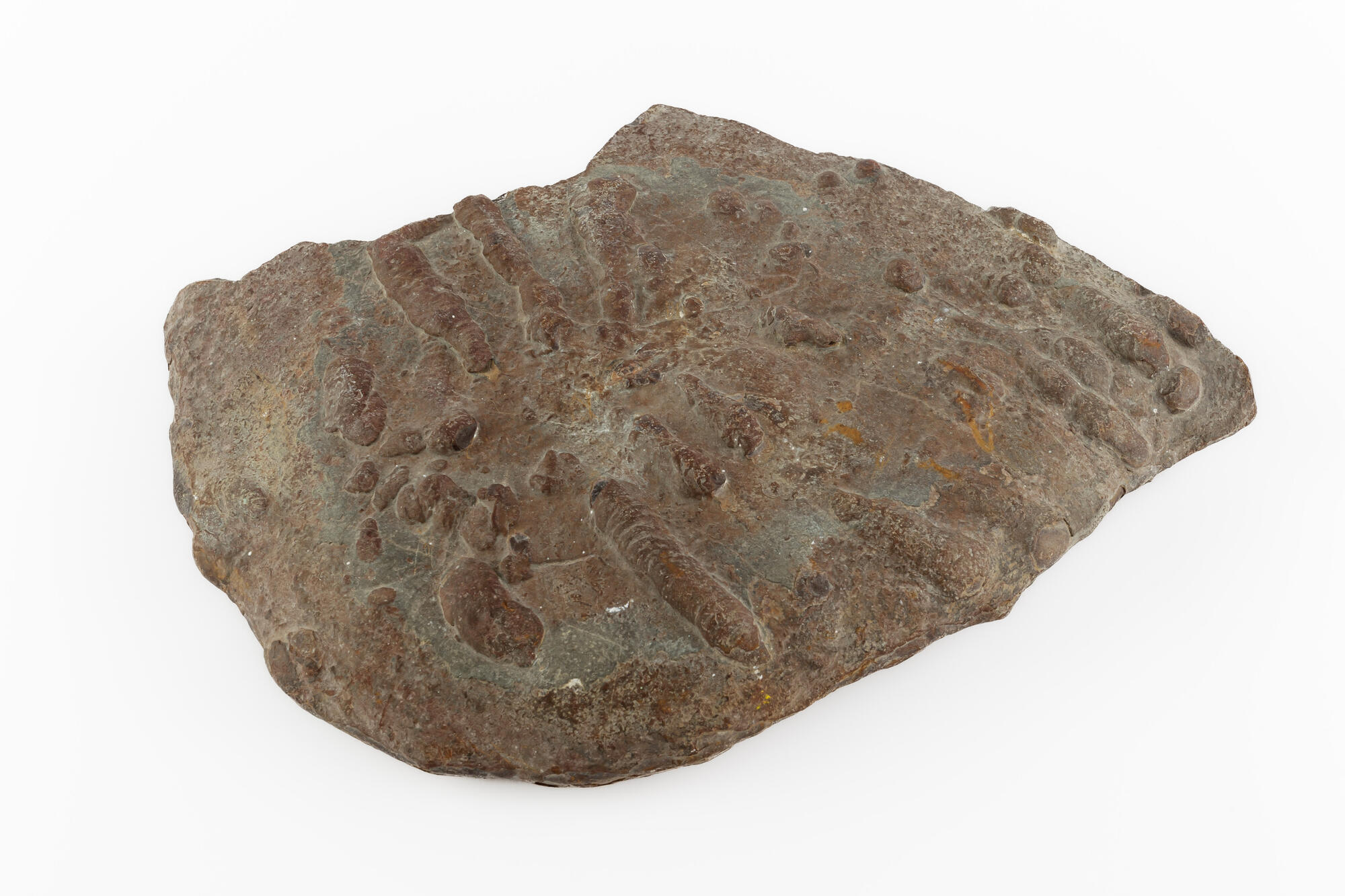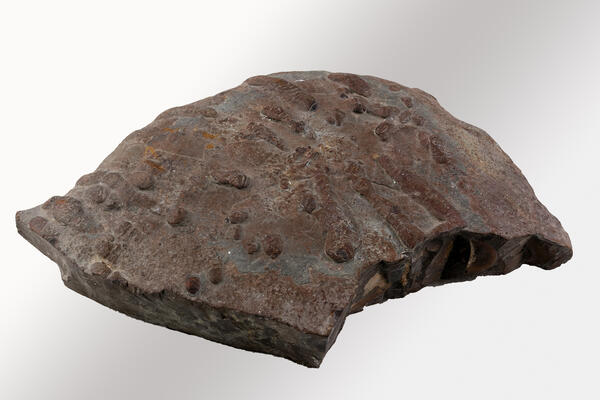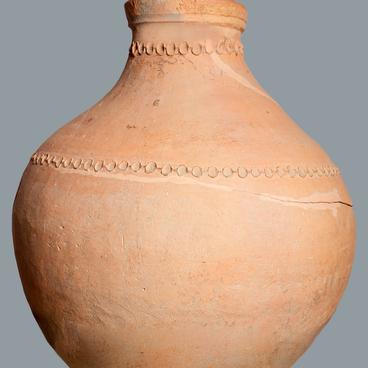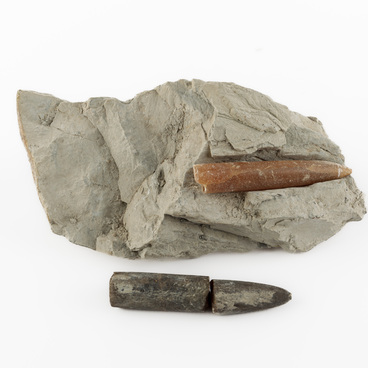Paleontology is the study of extinct organisms found in the sediments of various geological periods of Earth. Studying the history of animals and plants, that is preserved in fossils, is of interest not only for scientists, but also for enthusiasts.
Studies of the mountainous and foothill regions of the Northwest Caucasus have shown that the Mesozoic complex of sedimentary rocks was the most developed one. Lithologically, it is represented quite diversely. It consists of limestones, marls, clays and sandstones. The deposits of the Jurassic period are among the most common and occupy large areas of the mountainous regions of the Northwest Caucasus. For millions of years, no remains of worms have been discovered, but many fossil tracks and holes left by worms of various sizes have been found in sedimentary rocks. Fossilized burrows were formed in the Cambrian period.
Polychaeta, a class of marine annelids, are considered to be among the most active seafloor inhabitants. Being predators, they waited for their victims for hours, hiding in an ambush or in the ground. Together with the calcareous skeletons of other marine animals, they constitute an essential part of limestone.
In the vicinity of the city of Gelendzhik and the village of Kabardinka, there are samples of such fossil tracks. Giant fossil worms were first found and described on this territory. The research was carried out by Pyotr Alekseevich Roschektaev, Honored Geologist of Buryatia. He gave a geological description of the flysch strata of the Black Sea coast of the Caucasus and a description of fossil flysch worms. The size of these worms was really impressive —sometimes they could reach two meters in length.
In 1962, in the valley of the Zhane River near Gelendzhik, local residents found a fossil with traces of small annelids — primitive marine living organisms that lived there more than 500 million years ago. The people donated their find to the museum. The layered sandstone features winding convex traces — these are the trails of marine worms. This find is a rare paleontological specimen.
Studies of the mountainous and foothill regions of the Northwest Caucasus have shown that the Mesozoic complex of sedimentary rocks was the most developed one. Lithologically, it is represented quite diversely. It consists of limestones, marls, clays and sandstones. The deposits of the Jurassic period are among the most common and occupy large areas of the mountainous regions of the Northwest Caucasus. For millions of years, no remains of worms have been discovered, but many fossil tracks and holes left by worms of various sizes have been found in sedimentary rocks. Fossilized burrows were formed in the Cambrian period.
Polychaeta, a class of marine annelids, are considered to be among the most active seafloor inhabitants. Being predators, they waited for their victims for hours, hiding in an ambush or in the ground. Together with the calcareous skeletons of other marine animals, they constitute an essential part of limestone.
In the vicinity of the city of Gelendzhik and the village of Kabardinka, there are samples of such fossil tracks. Giant fossil worms were first found and described on this territory. The research was carried out by Pyotr Alekseevich Roschektaev, Honored Geologist of Buryatia. He gave a geological description of the flysch strata of the Black Sea coast of the Caucasus and a description of fossil flysch worms. The size of these worms was really impressive —sometimes they could reach two meters in length.
In 1962, in the valley of the Zhane River near Gelendzhik, local residents found a fossil with traces of small annelids — primitive marine living organisms that lived there more than 500 million years ago. The people donated their find to the museum. The layered sandstone features winding convex traces — these are the trails of marine worms. This find is a rare paleontological specimen.





